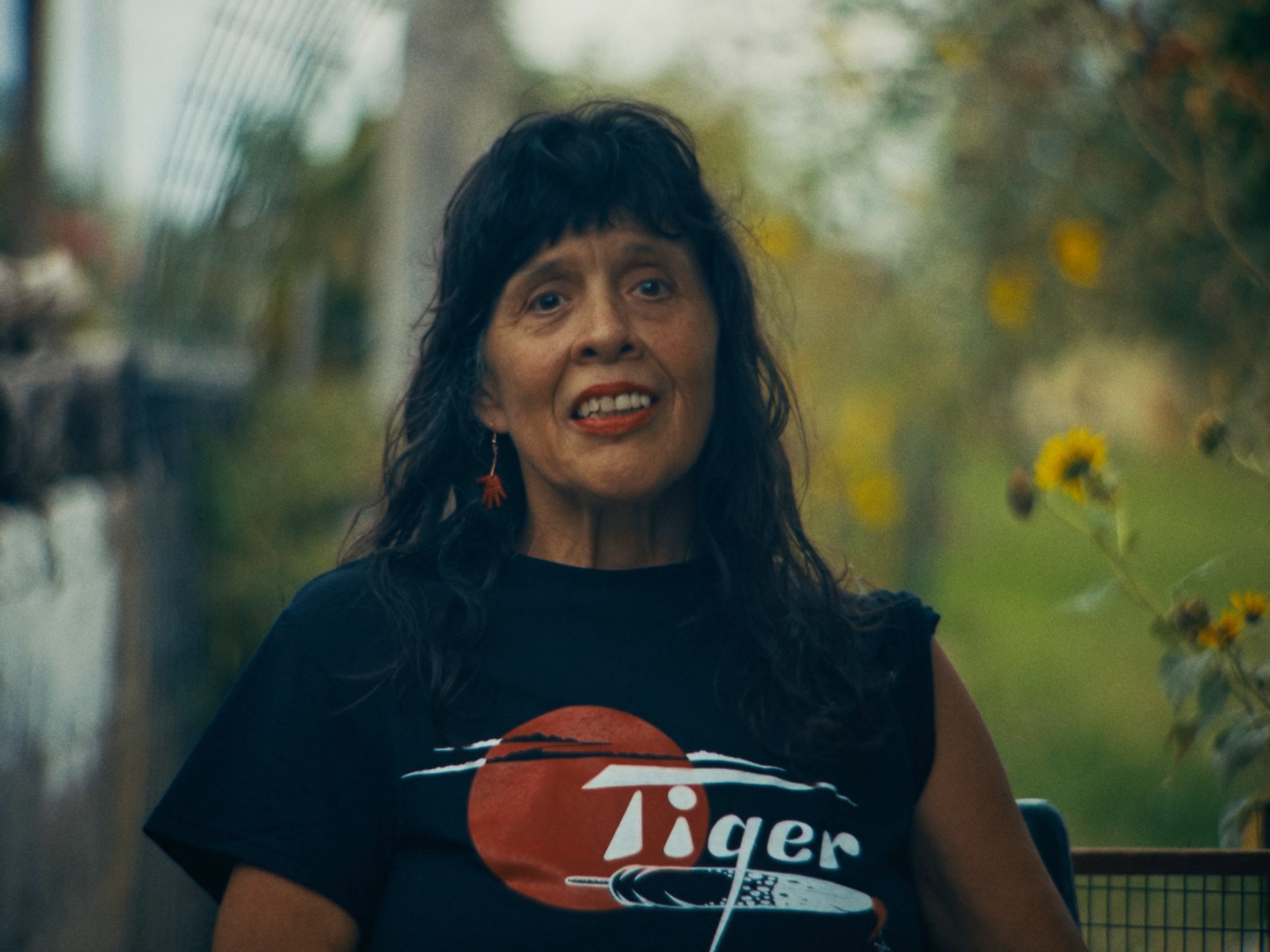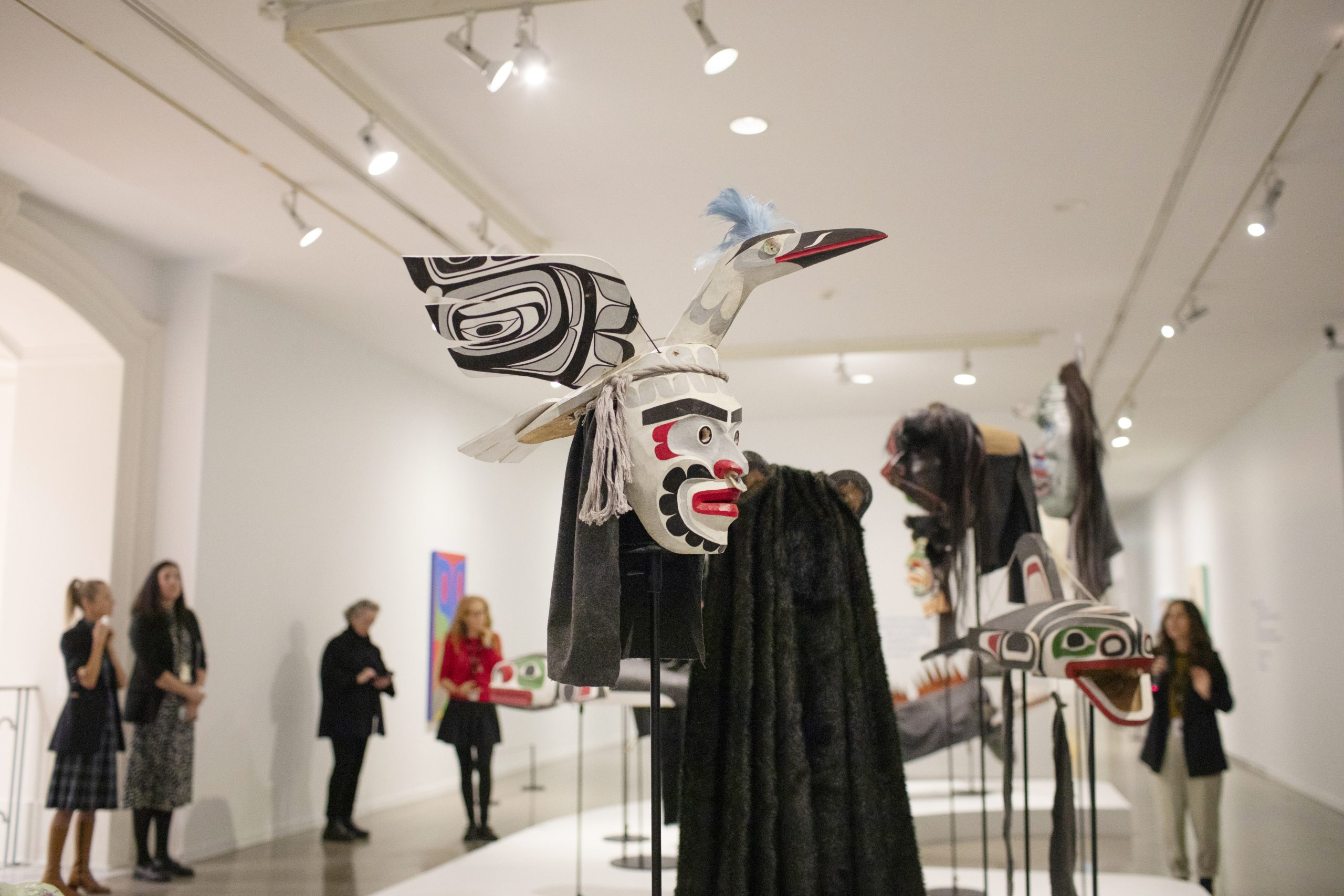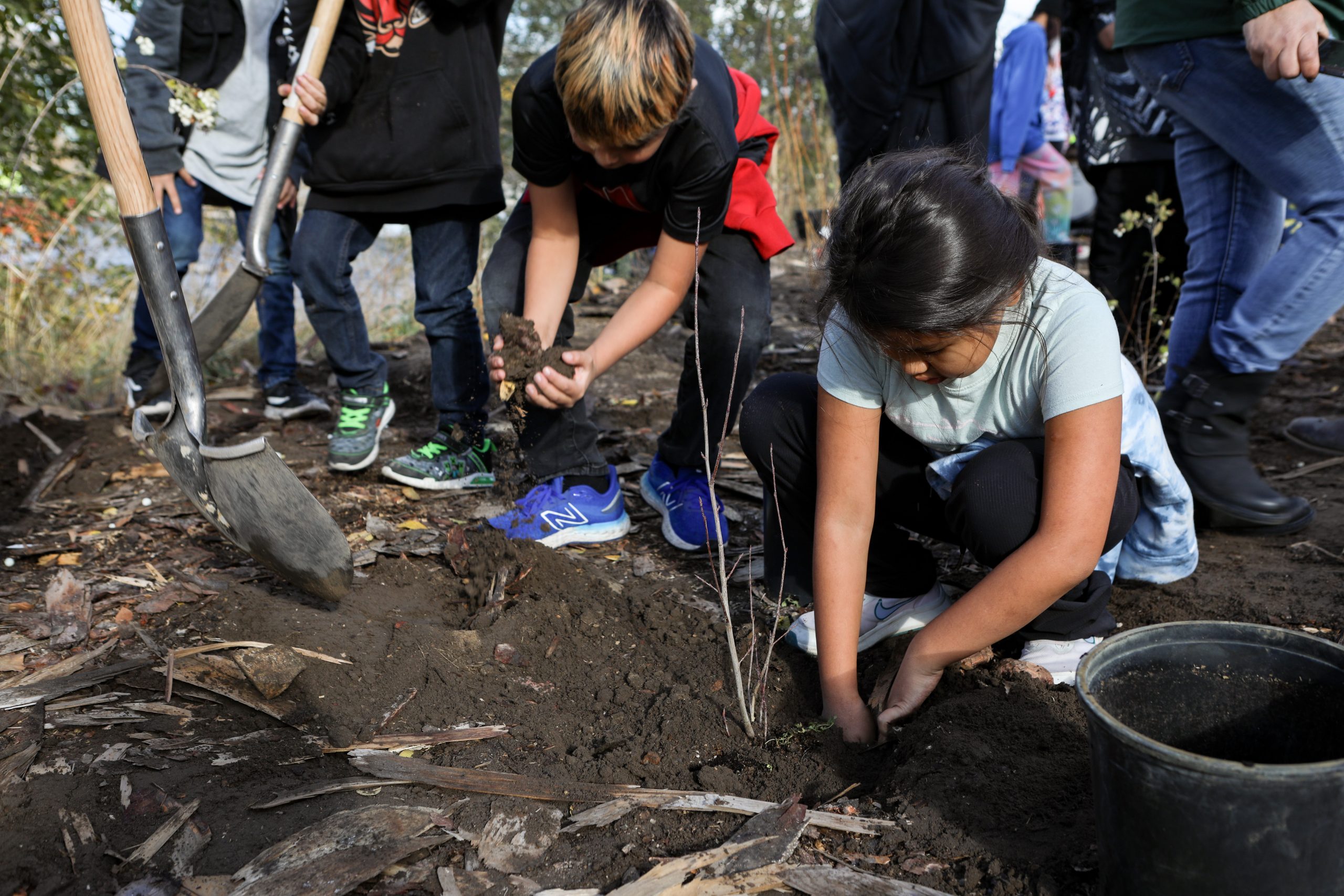Need more information about Indigenous Peoples’ history with Canada? We’re here to help
This list of readings will help you become a better informed Canadian.

IndigiNews investigates the complex problems facing Indigenous Peoples. Our journalists intend to set the table for honest conversation between people who have never walked in each other’s moccasins. We believe that journalism is a tool that can build bridges.
That’s why we decided to create this list of readings, videos and documentaries that can help you become a better informed Canadian.
This is a starting point. We realize that there are numerous informative books, articles, videos and blogs. If you have some you want to share, email me here: kelsie@indiginews.com
Finding historical context
- To learn about everything from history to cultural significance around specific Indigenous places, names or art, take a look at the University of British Columbia’s Indigenous Foundations website. It offers a wealth of academically sourced reading.
- When Indigenous Peoples talk about sovereignty, the conversation often becomes muddled. That’s because some folks don’t actually know that the Royal Proclamation of 1763, a founding document of Canada, still applies today. This means Indigenous Peoples of territories that have not been surrendered (unceded) are not true Canadian citizens, but sovereign members of their inherent nations. If you want a quick lesson on what sovereignty is in Canada, read our explainer.
- The 250-year commemoration of the Royal Proclamation of 1763 was chronicled in this short video: Nation to Nation: Honouring the Royal Proclamation of 1763. It’s a thorough look at how the Proclamation defines all Canadians as treaty people, and provides the history behind it. For a more in-depth analysis of the Proclamation, by Senator Murray Sinclair, the former Chair of the Indian Residential Schools Truth and Reconciliation Commission, check out this video. Senator Sinclair explains why he has a love-hate relationship with the Proclamation, as it provides no protection for Indigenous Peoples against injustices done to them by the Crown itself.
- The Proclamation was again reaffirmed when the Province of British Columbia passed legislation implementing the United Nations Declaration on the Rights of Indigenous Peoples on Nov. 26, 2019.
- The Royal Proclamation of 1763 is still very much a living document. It was given renewed promise when then Prime Minister Pierre Trudeau repatriated the Constitution of Canada in 1982. It has held up in major landmark court decision rulings, like in the Delgamuukw case and the Tsilhqot’in case, which also utilized Section 35 of the Canadian Constitution.
Disease, abuse, experimentation
There is a long and dark history between the Indigenous Peoples and Canada. And there is no easy, clear-cut way to explain all of the atrocities. But there are a few resources that may help shed some light.
- The legacy of Canada’s first prime minister, John A. Macdonald, left a dark stain on the country’s history. Under his leadership, starvation was one of the many tactics used to kill the Indigenous Peoples. Macdonald also introduced residential schools as an assimilation program, which created a breeding ground for diseases, including tuberculosis. All of these are explained in this article by the National Post’s Tristin Hopper.
- The government unilaterally imposed the reserve system on the Indigenous Peoples through the Indian Act. Once the Indigenous Peoples were forcibly removed from their traditional territories and segregated into their small Indian Act bands, the Indigenous Peoples where the Indian Agents enforced the “Pass System.” This kept the Peoples from accessing hunting grounds, gathering places and other resources needed to survive.
- “Nutritional Experiments” were performed on Indigenous children in Canada shortly after World War II. They were spearheaded by scientists in Canada to test different diets on the malnourished bodies of Indigenous residential school students. Watch this video for stories from survivors and experts on the matter.
- Indian hospitals were created to segregate Indigenous Peoples from receiving the same quality of healthcare as non-Indigenous peoples. Here is a story by CBC’s Angela Sterritt and Manjula Dufresne that shares footage and stories from the Indian hospitals in Nanaimo, B.C.
- Residential schools and Indian day schools were some of the darkest tactics used by the government in the assimilation of Indigenous Peoples. Where Are The Children is a website with timelines, video stories, readings and photographs on what happened in the schools that operated between 1831-1996. Al Jazeera also created a documentary on the subject that is worth a watch.
- The 60’s Scoop and the Adopt an Indian and Métis program (AIM) worked in conjunction with residential schools to assimilate Indigenous Peoples. In this video, APTN investigates AIM, children were advertised for adoption.
Colonization continues, reconciliation begins
- The Missing Murdered Indigenous Women and Girls (MMIWG) inquiry was a two-year investigation that concluded on June 30, 2019. The 1200-page long document, with 231 Calls for Justice, calls upon the federal government to recognize its invocation of genocide against Indigenous Peoples. It’s worth noting that Indigenous women in Canada are 16 times more likely to be murdered or go missing than white women.
- The Millennium Scoop is what many are calling the current crisis facing Indigenous kids in government care in Canada, for which the groundwork was laid by the 60’s Scoop. Today, there are more Indigenous children in care than there were in residential schools at the highest enrolment. Indigenous children are severely underfunded in today’s child welfare system, and are six to nine times more likely to end up in the system.
- The Disappearance of Natasha Lynn Starr is a podcast series by APTN National News. It follows one young woman’s story of the time she spent in Canada’s child welfare system, where she says assimilation is still alive and well.
- The Truth and Reconciliation Commission, now the National Centre for Truth and Reconciliation, was a creation of the Indian Residential School Settlement agreement. The National Centre for Truth and Reconciliation is the new home for all residential school survivors to share their stories. In Canada, over 150,000 children were forcibly removed and taken to residential schools, where they suffered a multitude of abuses. The TRC website shares their findings, the Calls to Action, and what their next steps are.
Author
Latest Stories
-
‘Bring her home’: How Buffalo Woman was identified as Ashlee Shingoose
The Anishininew mother as been missing since 2022 — now, her family is one step closer to bringing her home as the Province of Manitoba vows to search for her
-
Short film showcases the inspiring story of Dana Tiger — and a family design legacy
Muscogee artist’s life, work, and fashion business are the subject of Loren Waters’ Sundance-acclaimed documentary ‘Tiger’












